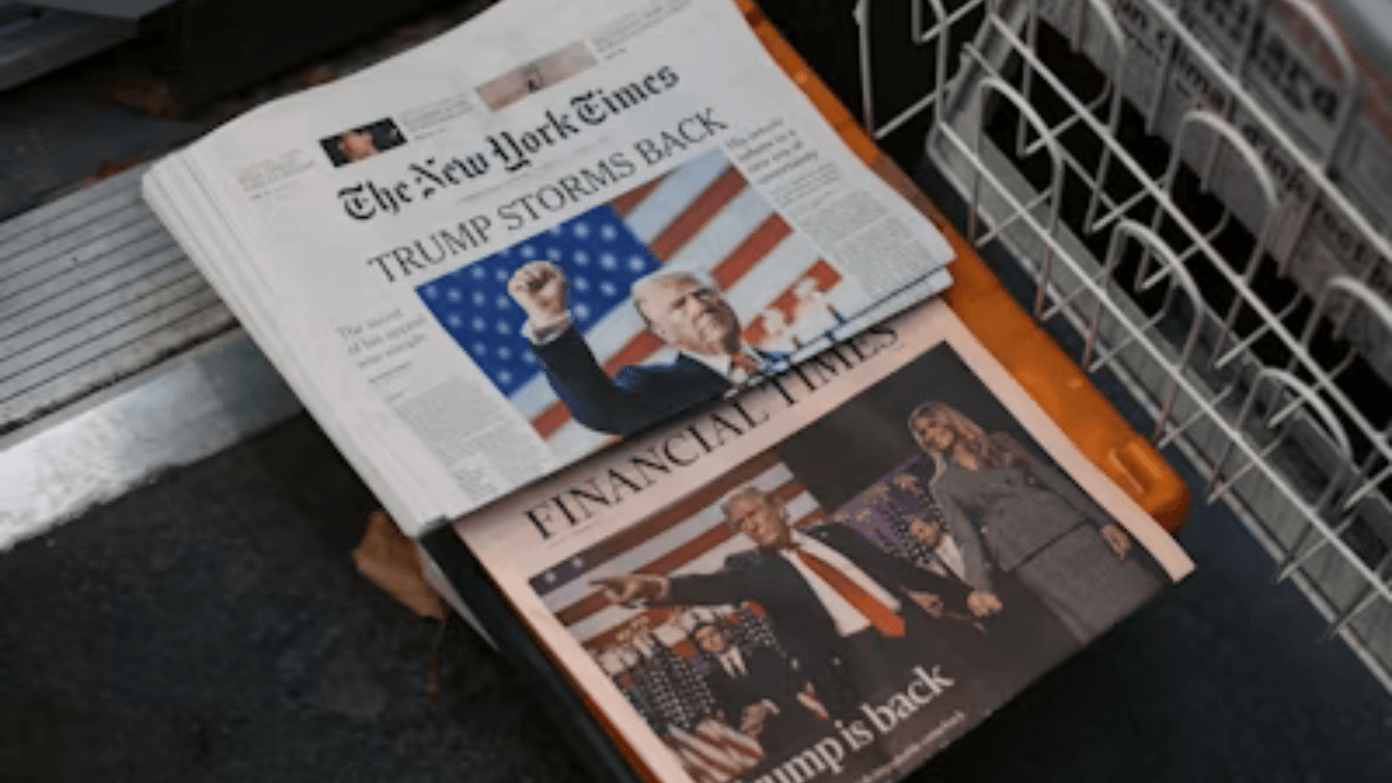President Trump’s One Big Beautiful Bill (OBBBA), enacted into law in mid-2025, is the biggest 529 education savings plan expansion in years. The sweeping tax and economic bill seeks to empower American families by expanding the application of 529 plans, most notably increasing benefits for K-12 education and nontraditional learning paths. The bill reforms permit tax-free withdrawals to cover a broader range of education expenses, up to $10,000 per year for a limited number of purposes, opening opportunities for millions of Americans.
What’s new in 529 plans under the bill
Traditionally, 529 plans were intended to assist in saving for college and other advanced educational costs. They provided tax-free accumulation and distribution for qualifying advanced education costs. Parents have been able to withdraw as much as $10,000 annually since 2017 tax-free for K-12 tuition.
The One Big Beautiful Bill tremendously increases this $10,000 limit to include additional K-12 and home school expenses and diversifies and makes 529 plans more versatile.
More qualified expenses for K-12 education
The following expenses are tax-exempt up to a maximum of the $10,000 per year limit under the new law:
- Curriculum and curricular materials
- Books and other teaching material
- Online educational material
- Home-schooling or educational classes outside the home tutoring
- Nationally standardized test fees, e.g., SAT, ACT, and AP exams
- College course fees for dual-enrollment college courses completed while still in high school
Educational therapies for handicapped students
This expansion acknowledges that homeschooling and alternative route students and families have varied needs, particularly those that are homeschooling.
Homeschooling families with permanent support
Permanent support for homeschooling families is one of the biggest group winners, with approximately 4 million students across the country. Previously not included in most tax benefits, such families can now utilize 529 plan funds to pay for necessary homeschooling materials and services, reducing the cost of purchasing curriculum, tutoring, and testing fees.
The bill further extends 529 plans to accommodate workforce credentials and vocational training programs that are accredited by the federal and state governments, such as programs that are Department of Veterans Affairs and Workforce Innovation and Opportunity Act qualified. The expansion supports students taking unconventional routes such as certification, trade schools, and licensure exams, addressing the changing job market.
Who will benefit the most from the expanded 529 plans?
- Middle-class families: Statistics reveal that 75% of 529 plan owners earn less than $150,000 annually for their families, and nearly half earn below $100,000 per year. This dispels the myth that 529 plans are aimed at wealthy people. The expanded uses are particularly helpful for middle-class families who often seek affordable alternatives to schooling in addition to regular public education.
- Homeschooling families: The explicit exclusion for home schooling expenses gives substantial tax relief to families who pay substantial expense on home schooling. As homeschooling expenses range on average from $1,300 to $1,700 for every pupil annually, this provision gives considerable economic assistance.
- Families of children with disabilities: The provision of the bill making educational therapies for disabled students qualified expenses assists families that require special assistance services. The provision assists in noting the increased cost such families must incur and provides them with a tax-privileged way of addressing the same.
- Students pursuing vocational and career training: By making 529 savings tax-free for vocational certifications and continuing education, the bill benefits students and working-class families who are gaining skilled trades or certifications, with more economic mobility than bachelor’s degrees.
Trump investment accounts for newborns
The bill also sets up Trump Investment Accounts, giving each American baby born from 2025 to 2028 a federally seeded $1,000 savings account, as also documented in this article, Americans who can carry an extra $1,000 with ‘Trump accounts’ he wants to create to boost birthrate – Qualifications to be met in MAGA bill. Families can contribute up to $5,000 each year, and employers can contribute $2,500 per year tax-free. The accounts invest in a diversified U.S. stock index fund and are eligible for use for post-secondary education, buying a home, or starting small businesses, with the added advantage of 529 plans.
Impact on affordability of education and family financial stability
The broadened 529 plans in the One Big Beautiful Bill are an important move toward making education more affordable and accessible to more families. By opening tax-free withdrawals for a wider array of K-12 and vocational expenses, the bill enables families to customize education savings to their specific needs.
The $10,000 cap ensures that families can access meaningful tax relief annually without overwhelming the tax system, balancing flexibility with fiscal responsibility.
Read more: How much does it cost to study at Princeton University in 2025?
Read more: Will I still get housing aids or are affected Trump’s federal funding freeze?

